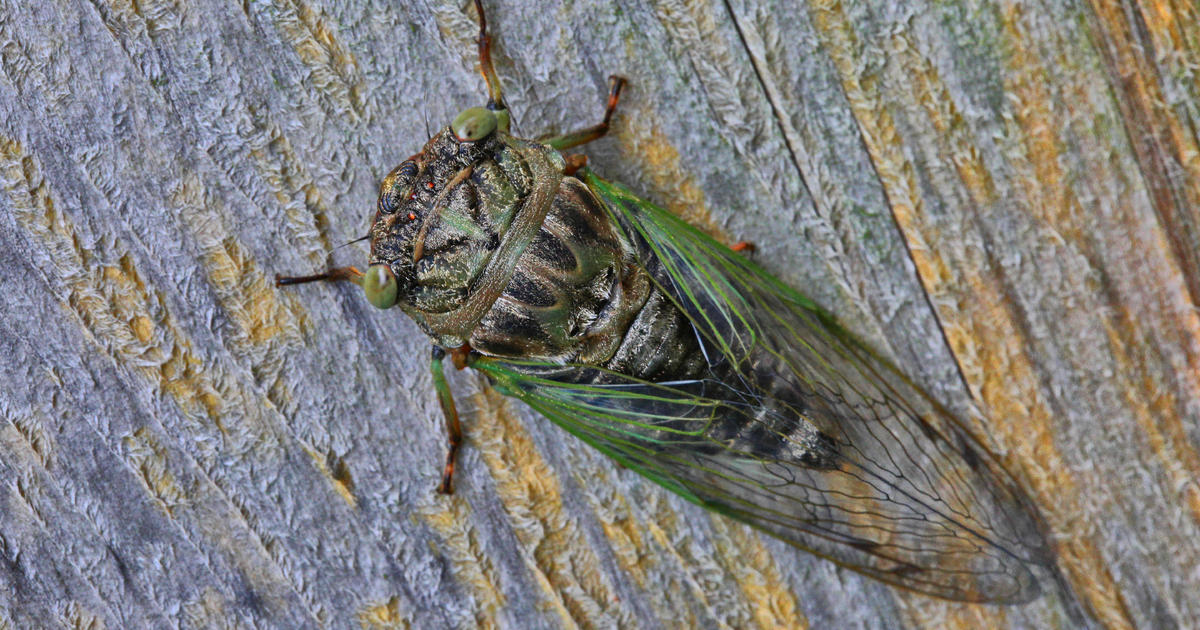Remains Found In Western Wis. Construction Project
ONALASKA, Wis. (AP) — Archaeologists are finding ancient remains that might be of Native Americans beneath the reconstruction of Highway 35.
Scientists from the Mississippi Valley Archaeology Center have found almost two dozen likely skeletal fragments. They've also found hundreds of food and garbage pits, cooking hearths, tools and other artifacts of the Oneota people who inhabited the Onalaska area between about 1300 and 1600 A.D.
All burial sites are protected by state law. Jim Becker, the archaeology program manager for the Wisconsin Department of Transportation, told the La Crosse Tribune that any time remains are discovered during construction, the state must stop work and consult with the Wisconsin Historical Society.
"We knew that we had a burial site in there and that there was going to be more coordination," Becker said.
In accordance with federal law, state officials met with interested parties, including the historical society and the Ho-Chunk Nation to agree on a process for monitoring construction and looking for archaeological and human remains.
The site was previously a village occupied by ancestors of the Ho-Chunk, Ioway, Oto and Missouria tribes, said laboratory director Connie Arzigian. In many cases, Arzigian said, they've only found bone fragments, which will be sent to a skeletal analyst to verify whether they are human.
When remains are found, archaeologists usually try to leave them in place, but the road project makes that difficult, Arzigian said.
"If there are remains found, we want them placed back in the ground," said Bill Quackenbush, historic preservation officer for the Ho-Chunk Nation. How and where those remains are interred, he said, will be determined at the end of the process.
On Friday, archaeologists unearthed a bison scapula shaped into a hoe blade that would have been grafted onto a stick. They also found a bone sharpened into an awl used to make clothing from animal hides.
The Oneota people were farmers, growing mostly corn, squash and beans, but also hunted deer and elk and caught catfish, drum, northern and other fish. Arzigian said the bison hoe was likely acquired through trade or crafted during a winter hunt on the western plains.
Archaeologists knew there was a native settlement under the road, but Arzigian said they've been surprised by the density of features found — more than 400 pits in a four-block area. Unlike other local sites, this one hasn't been plowed or eroded.
"One of the nice things about this is it's more undisturbed," she said. "The road has actually protected it."
Though the discoveries have created some delays, project manager Joe Gregas said the $4.6 million project is big enough that contractors can work in other areas while archaeologists dig. The state Department of Transportation is still aiming for its Nov. 16 completion date, thanks in part to the dry summer.
(© Copyright 2012 The Associated Press. All Rights Reserved. This material may not be published, broadcast, rewritten or redistributed.)



